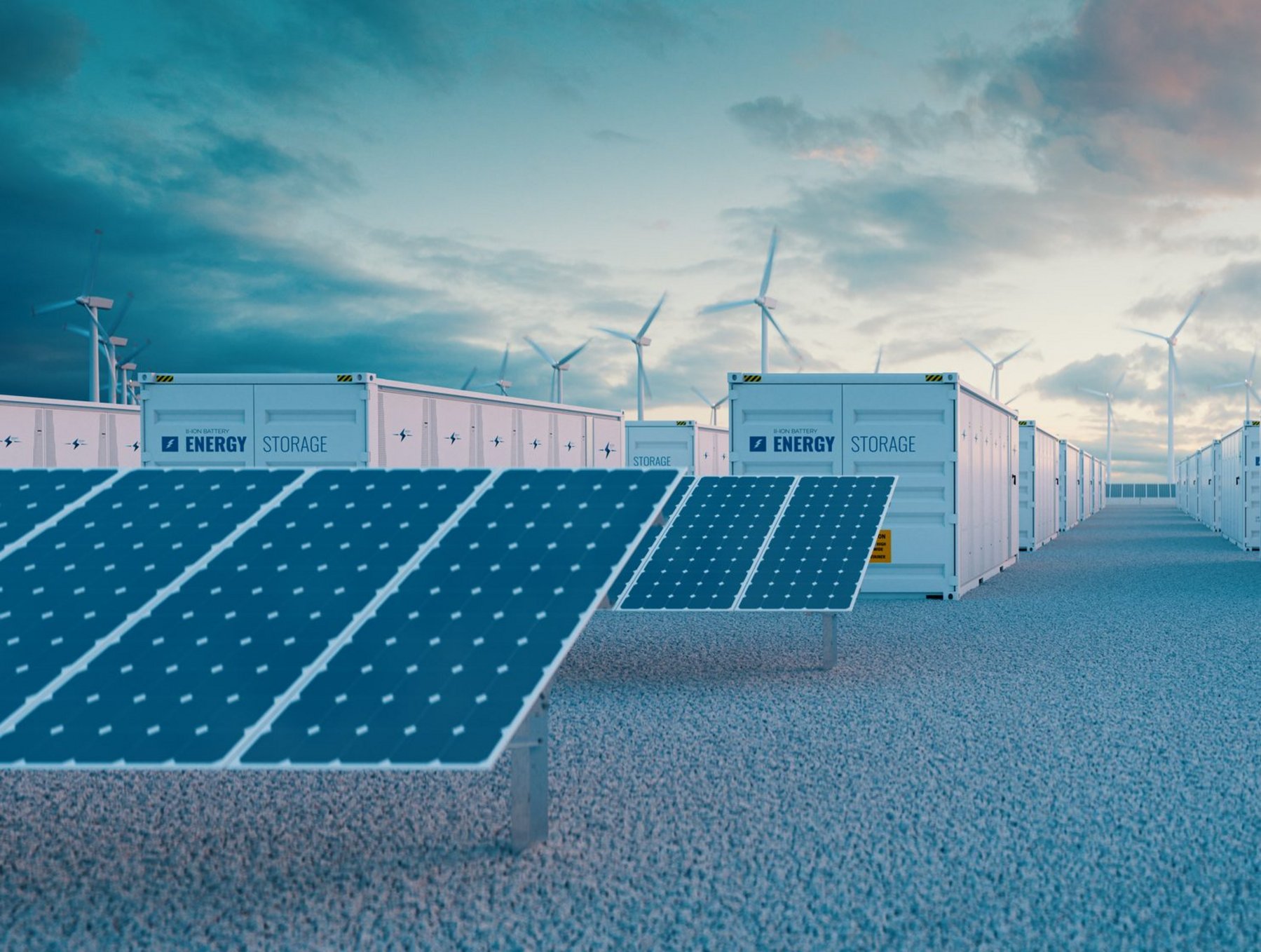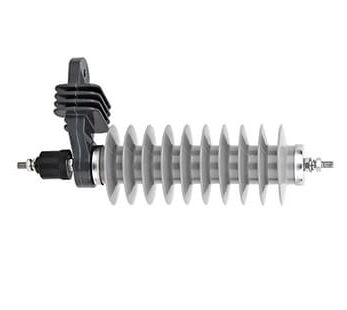
South America has seen an increase in the adoption of solar energy systems due to the abundance of natural resources. The increased energy demand also necessitates the need for clean energy and reliable access. Solar batteries are devices that store electric charge in chemical form for use when there is low energy production. Solar energy depends on sunlight to generate electricity, when the sun is low, there is low energy production. Storing this energy ensures there is continued access to electricity even during these low periods. Using solar batteries helps to optimize energy storage and use in regions with intermittent solar power. Further, using surge arrestors protects the components from voltage spikes and surges caused by lightning strikes or power grid fluctuations.
Governments in South America are encouraging the adoption of solar batteries by offering policies, subsidies, and tax incentives. Governments are viewing solar batteries as a key to achieving their set renewable goals. This leads to more financial incentives, funding for pilot projects, and support for research and development. Countries like Brazil, Chile, Argentina, Uruguay, and Colombia have been supporting this adoption through several frameworks. On the other hand, a surge arrestor diverts excess voltage away from sensitive components. These components include inverters, charge controllers, and batteries. Protecting the solar batteries ensures the efficiency and reliability of the energy infrastructure.
Off-grid and grid-tied solar batteries in South America
Use of grid-tied and off-grid solar batteries is crucial to the evolving energy infrastructure in South America. The systems play a crucial role in promoting the adoption of renewable energy, improving energy access, and enhancing grid stability. South American countries have urban centers connected to national grids and remote areas with limited access to centralized power. Solar batteries help to address these challenges in the region. Countries like Brazil, Chile, and Colombia have some off-grid and grid-tied systems that help stabilize the national grid. Additionally, surge arrestors are able to detect sudden increases in voltage above the normal operating levels. The following are the roles of off-grid and grid-tied solar batteries in South America.

- Grid-tied solar batteries – these connect to the national electrical grid to supply the stored energy during periods of high demand. They allow homeowners, businesses, and utility companies to store solar energy for later use. This helps to reduce reliance on fossil fuels and eases the strain on the grid during peak demand hours. For instance, Brazil and Chile have large solar power capacities, and the solar batteries help to stabilize the power. The countries have also put in place net metering policies. The policies allow users with grid-tied solar battery systems to store energy and use it later. This system provides grid reliability, supports renewable energy integration, and lowers electricity bills.
- Off-grid solar batteries – off-grid solar batteries operate independently of the national grid. They are common in areas where extending the electrical grid is financially challenging. The systems enable communities, farms, and individual homes to generate and store their own solar panels. Countries like Colombia, Peru, and Ecuador have large offgrid populations. Off-grid solar batteries provide users with energy independence, affordable, clean energy, and support for development.
Impacts of surge arrestors on the development of solar batteries in South America
Surge arrestors play a crucial role in the development and deployment of solar batteries in South America. They protect the solar power systems from voltage surges, frequent thunderstorms, and fluctuating energy supplies. Surge arrestors ensure the longevity and reliability of solar batteries and the broader renewable energy infrastructure. The following are the impacts of surge arrestors in the development of solar batteries.

- Protection against lightning strikes – some of South American countries are prone to frequent thunderstorms and lightning strikes. Surge arrestors prevent high voltage spikes from damaging the sensitive components. These components include inverters, charge controllers, and the batteries.
- Solar energy system reliability – sudden voltage fluctuations or outages can harm solar batteries and other components. Surge arrestors help stabilize the systems by preventing overvoltage from grid fluctuations.
- Large-scale solar projects – surge arrestors are important for protecting the solar battery storage systems. This ensures the storage of large volumes of solar energy and ensures the distribution.
- Microgrid development – many South American countries have microgrids powered by solar energy and backed by solar batteries. Surge arrestors help to ensure the stability and safety of these systems.
